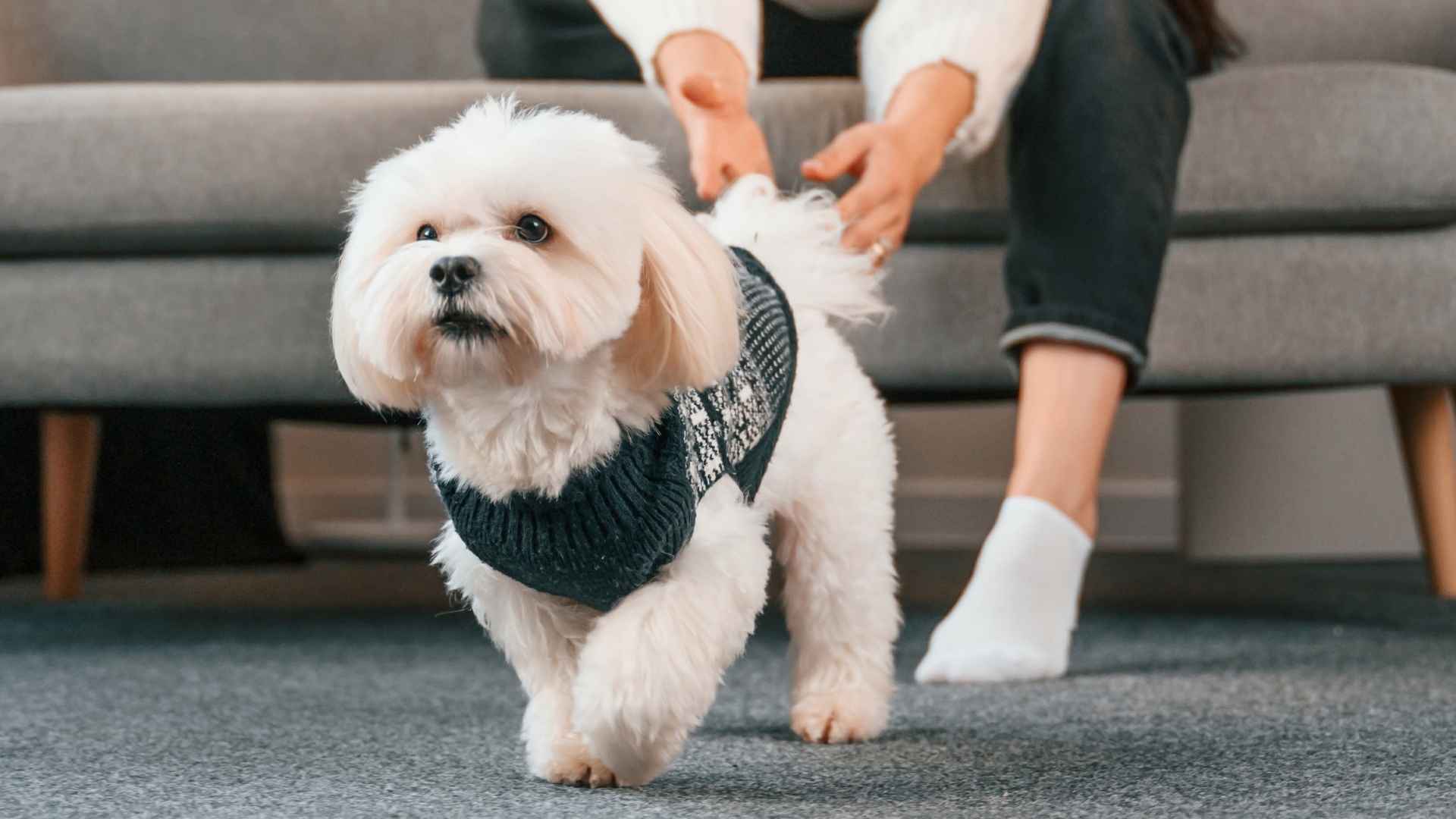Dogs give us so much more than just companionship. Bonding with them offers countless benefits for humans, far beyond the serotonin boost and instant happiness they bring. No wonder dog ownership is steadily on the rise!
But according to the Asthma and Allergy Foundation of America, 10–20% of the global population is allergic to dogs. Yet millions of allergy sufferers still long for the comfort and loyalty a dog brings. The good news? Some breeds produce less dander and shed minimally, making them more tolerable for sensitive owners.
But allergies aren’t the only concern—lifespan matters too. Saying goodbye too soon is one of the hardest parts of pet ownership. That’s why finding a dog who’s both hypoallergenic and long-living is a win-win. These special breeds don’t just love gently—they stay by your side longer.
Whether you’re allergic or just want a low-shedding, long-living companion, some breeds check both boxes. Calm temperaments, reduced allergens, and longer years of joy are possible.
What follows is a look at the dog breeds that offer the rare combination of a hypoallergenic coat and an impressively long lifespan.
Longest Living Hypoallergenic Dog Breeds
1. Yorkshire Terrier
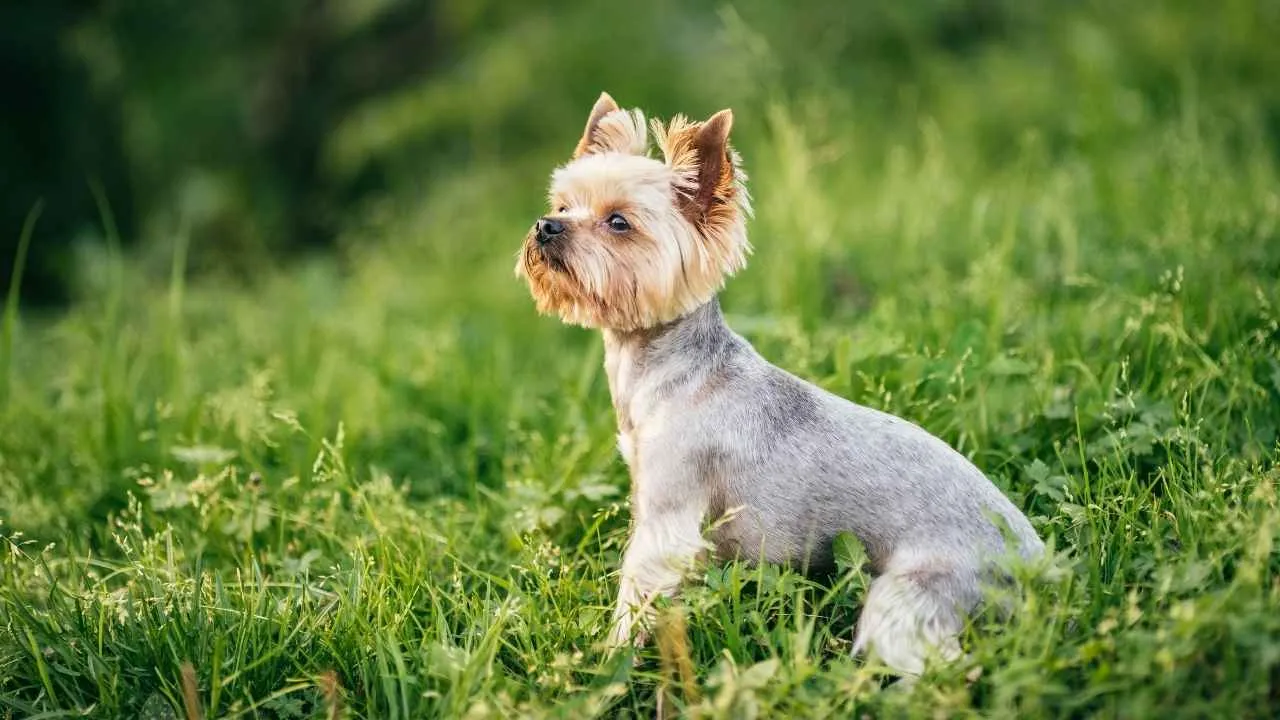
Yorkshire Terriers commonly live between 13 and 16 years, and some reach even longer with proper care. They are consistently ranked among the longest living dog breeds by vets and canine health studies. Their small frame and lower rates of organ disease contribute to this extended lifespan.
Low-Allergen Coat Characteristics
Yorkies have fine, silky hair instead of fur, which reduces the release of dander. Their coat grows continuously and traps fewer allergens when properly maintained. This makes them a practical choice for those managing allergies year-round.
Energy That Suits Small Homes
They’re confident, active, and eager to stay close to their people. With proper socialization, they adapt well to homes with other dogs and children. Their loyalty and compact size make them a great family pet in both quiet and active households.
A Legacy Beyond Appearance
Their roots trace back to England’s working-class mills, where they were prized for controlling rats. Over time, they became household favorites known for their bold spirit and charm. That balance of tenacity and elegance still defines the breed today.
2. Toy Poodle
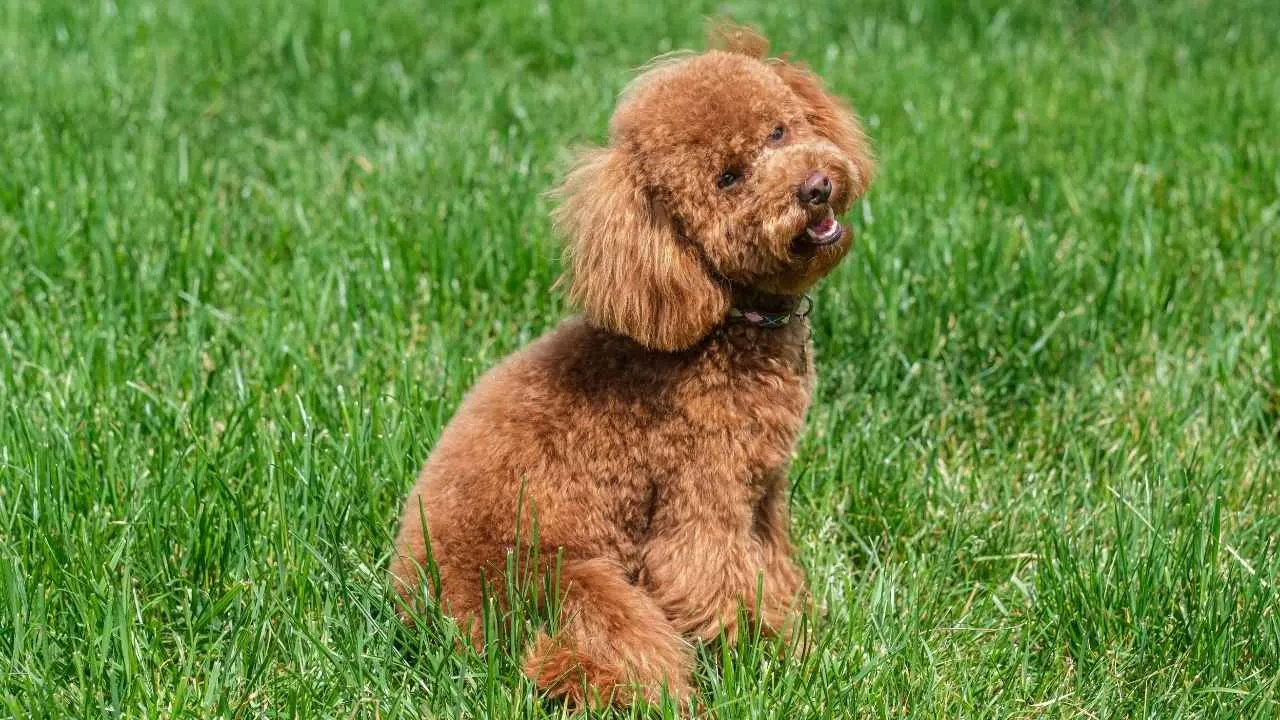
The average lifespan of Toy Poodles ranges from 14 to 18 years, with many living beyond that in stable environments. They consistently appear on veterinary lists tracking long-living companion dogs. Studies credit this to their genetics, brain health, and lower susceptibility to joint disorders.
Coat Texture and Allergen Control
Toy Poodles have tightly curled coats that trap dander, preventing it from spreading easily in the air. Allergists often recommend them due to reduced coat shedding and consistent grooming habits. Bathing routines and clipped styles further help control allergens around the home.
Personality Fit for Tight Bonds
These dogs are alert, responsive, and deeply people-focused without being overly demanding, as per Petplan. They thrive on interaction and tend to develop routines with their owners quickly. Their ability to read tone and gestures sets them apart among highly social breeds.
Body Proportion and Maintenance
Toy Poodles typically maintain a healthy weight between 4 and 6 pounds when fed measured portions. Despite their size, their bodies are balanced and athletic enough for agility activities. Their clean structure and alert posture often contribute to their reputation as adorable dogs.
3. Lhasa Apso
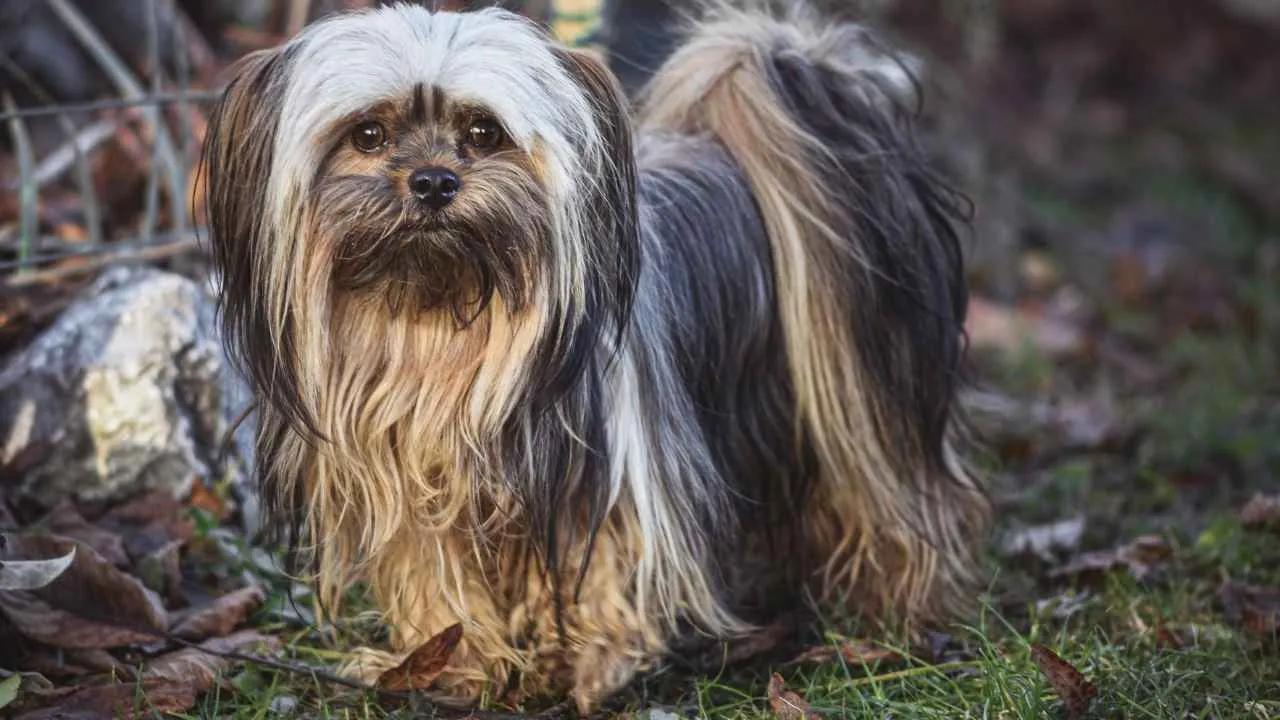
Lhasa Apsos regularly live 14 to 17 years, with some cases reaching 20 under consistent care. They’re among the longest-living breeds within their size group. Genetic resilience and slow physical aging contribute to the long lifespan of a dog’s life in this breed.
Coat and Allergy Considerations
The breed has a dense double coat that grows continuously and produces minimal shedding. Their skin has lower allergen levels compared to many other non-shedding dogs. Routine grooming is essential to prevent the buildup of dander and tangles near the ears and limbs.
Personality that Balances Independence
Lhasas are calm, observant, and tend to form selective bonds with people they trust. They’re alert but not noisy, often watching their surroundings before responding. While reserved with strangers, they adjust well when introduced patiently.
Health and Longevity Factors
They benefit most from a high-quality diet, regular exercise, and a consistent home environment. Despite being a tiny dog, they have a sturdy bone structure and balanced movement. Routine dental care and early screenings help preserve their mobility over time.
4. Maltese
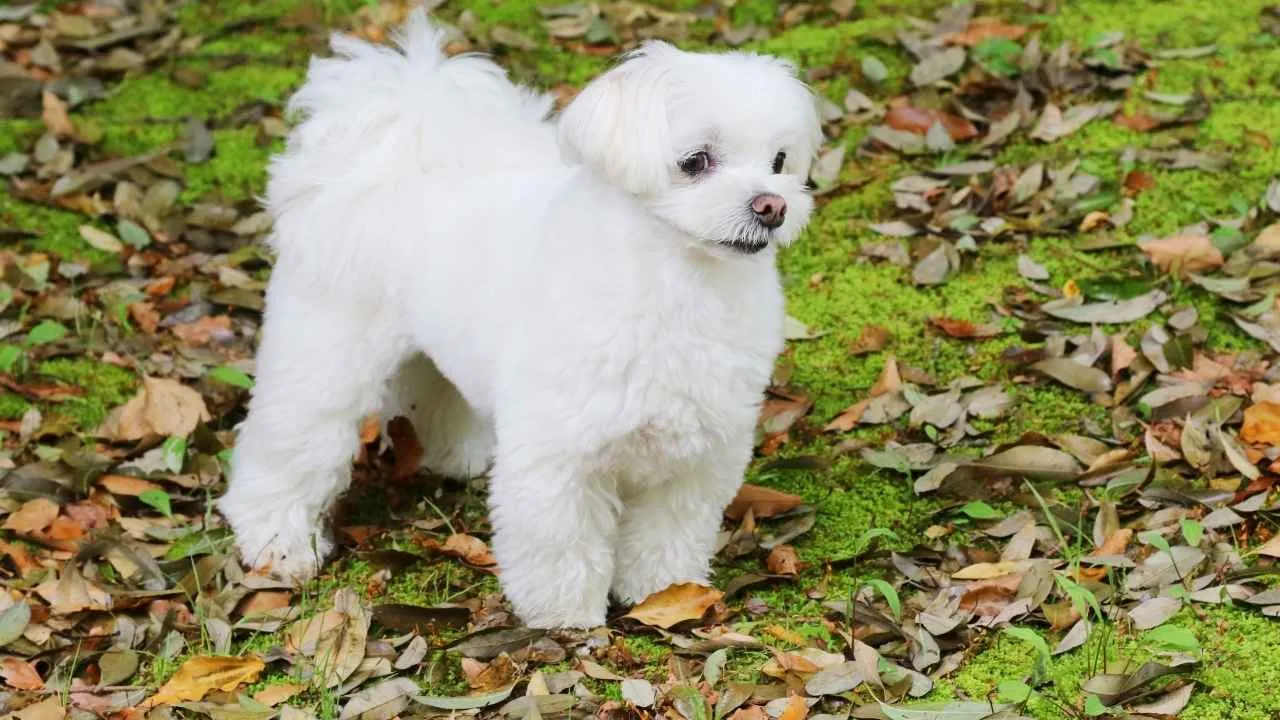
The Maltese frequently live 12 to 15 years, with documented cases of individuals reaching 17 or more. Their longevity is supported by centuries of selective breeding and attentive ownership. When well cared for, their dogs’ lifespan outperforms many similar toy breeds.
Minimal Shedding and Allergy-Friendly Coat
Maltese coats lack an undercoat and resemble fine, flowing human hair. This reduces airborne dander and lowers the risk of allergic reactions in sensitive households. Consistent grooming is key to preventing mats and maintaining its natural silkiness.
Temperament That Balances Energy and Calm
They are spirited and enjoy interaction, but are also content resting near their owners. With steady routines, they live peacefully with older children and even other calm pets. This adaptable nature is especially valued in a small dog suited for apartment living.
Lifespan and Health Maintenance
While generally healthy, Maltese are prone to dental issues and tear staining around the eyes, as highlighted by the American Maltese Association. Regular vet checkups help prevent the early onset of health problems common in small breeds. A balanced diet and early care can significantly impact their long-term wellness.
5. Chinese Crested
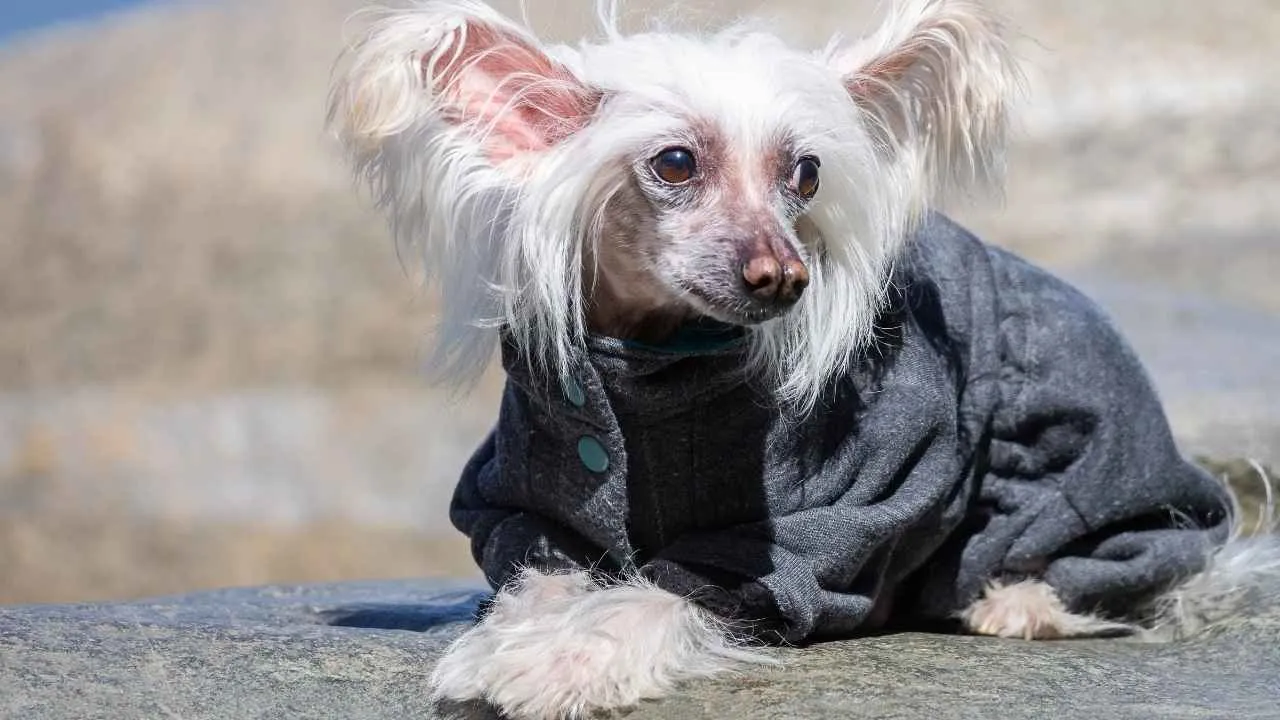
Did You Know: A Chinese Crested named Sam gained global attention after winning the World’s Ugliest Dog Contest three years in a row due to his unique looks.
The Chinese Crested dog is one of the smaller breeds, yet it often lives between 13 to 18 years. Their life span is longer than average for toy breeds. Regular dental care is essential, as oral issues are a common concern in this breed.
Skin-Sensitive but Allergy-Friendly
Hairless varieties have soft, exposed skin, while the Powderpuff has a fine, silky coat. Both types shed minimally and produce lower levels of dander. Proper bathing routines help reduce irritation and maintain the skin’s health and appearance.
Behavior Built on Bonding
They form close bonds with their people and often follow them from room to room. While quiet and gentle, they stay alert and thrive in emotionally engaging environments. Their closeness means they do best with consistent interaction and a daily routine.
Needs That Go Beyond Play
Despite their size, this breed benefits from daily walks and indoor activities. Puzzle toys and games provide needed mental stimulation and help prevent clingy or anxious behavior. Because many of these dogs live in small spaces, structured activity matters more.
6. Shih Tzu
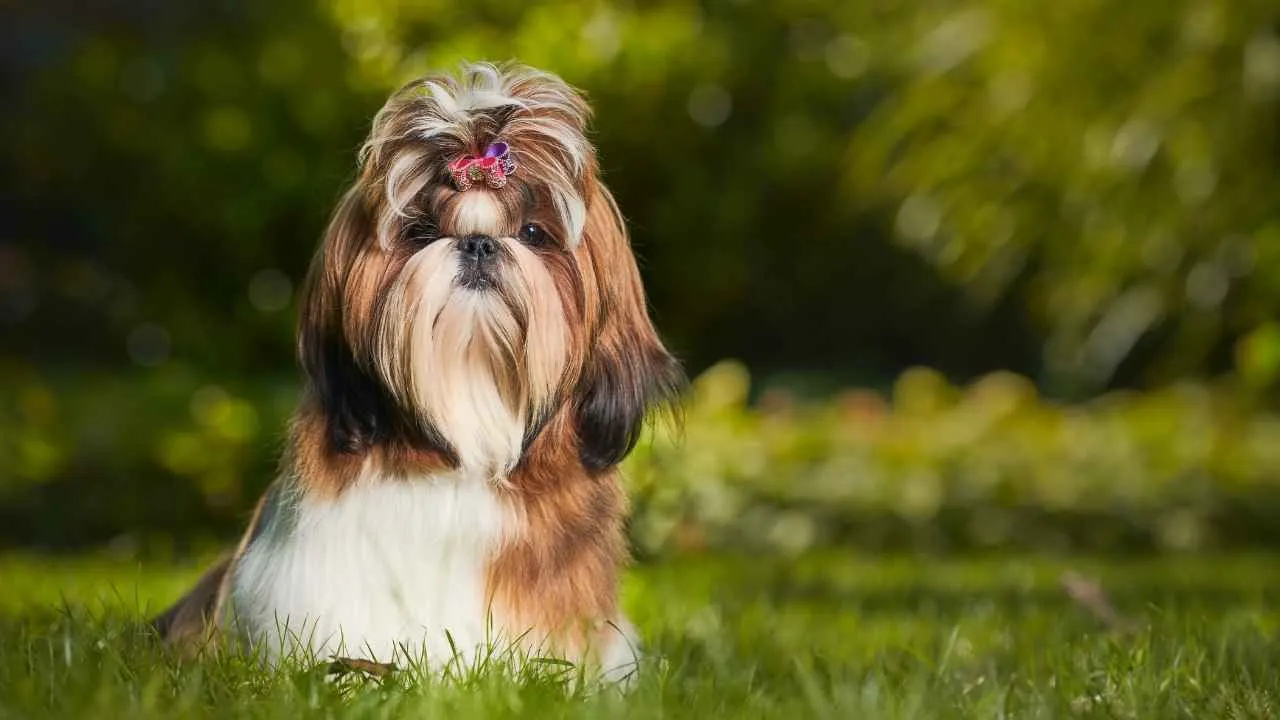
Shih Tzus have a long, flowing double coat that produces minimal dander when kept clean and brushed. Their hair grows continuously and shares a texture closer to human strands. This quality makes them a preferred option for allergy-conscious households.
Healthy Lifespan with Consistent Care
The average lifespan ranges between 10 to 16 years, depending on diet, exercise, and genetic health. Veterinary records note their tendency to live longer in single-dog households with less environmental stress. Regular dental and eye care are key parts of their long-term wellness.
Balanced Personality Indoors
They’re typically calm, affectionate, and alert without being overly dependent. Shih Tzus are known to adapt easily to apartment life and moderate daily routines. Their independent streak keeps them comfortable when left alone for short periods.
Maintenance Focused on Facial Features
Their facial structure leads to certain care needs, including daily cleaning around the eyes. Hair around the ears and muzzle requires trimming to prevent irritation and matting. Their short muzzle also requires attention to breathing comfort in warm weather.
7. Miniature Schnauzer
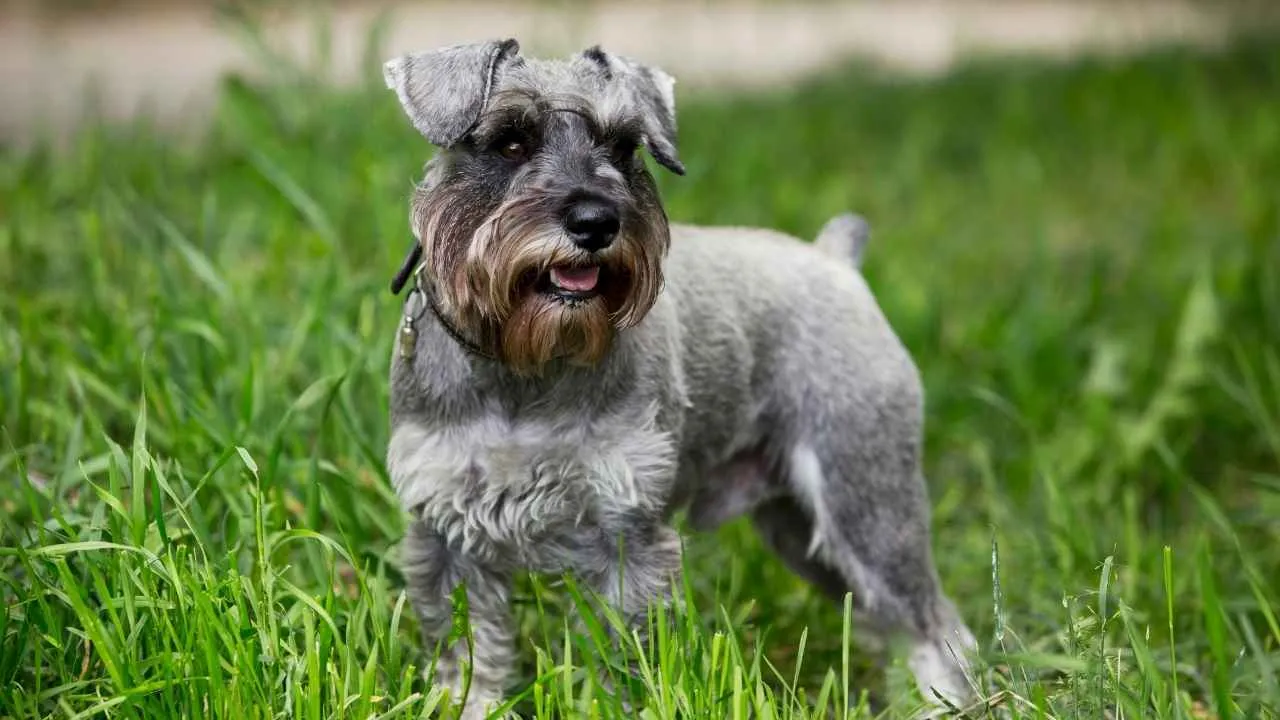
Miniature Schnauzers typically live between 12 to 15 years and often reach the upper end with healthy diets and early vet screening. According to breed health reports, they have a lower risk of major genetic diseases compared to similar-sized dogs. Their heart and kidney health is notably strong when maintained.
Hypoallergenic Qualities from Coat Texture
Their double coat is wiry on top and soft underneath, which limits the release of loose hair and allergens. Regular hand-stripping or clipping helps maintain air circulation through the coat. With consistent grooming, their dander remains minimal and manageable.
Smart and Alert With a Purposeful Personality
Miniature Schnauzers are highly intelligent and respond quickly to commands once routines are set. They’re known for being alert without excessive nervousness, making them reliable watchdogs. Their ability to recognize familiar and unfamiliar people quickly stands out during training.
Adapts Well to Daily Family Rhythms
They settle easily into active households and form strong attachments to all family members. With their even energy and eagerness to participate, they fit into both apartment and suburban lifestyles. Regular interaction keeps them mentally stimulated and behaviorally consistent.
Conclusion
Dogs give us everything, and it’s only fair we give them the best life in return. Thankfully, some breeds are built to stay by your side for quite a while—even into their late teens.
While larger breeds and giant breeds often face shorter lifespans and more health issues, the dogs listed here tend to beat the odds. Their life expectancy is one of their biggest strengths, but it’s not luck alone. Proper care, good training, and regular grooming all play a role.
Whether you love a silky long coat or a bold bark backed by a big personality, hypoallergenic dogs can be both allergy-friendly and deeply loyal. These fun-loving companions just might be around longer than you’d expect.


